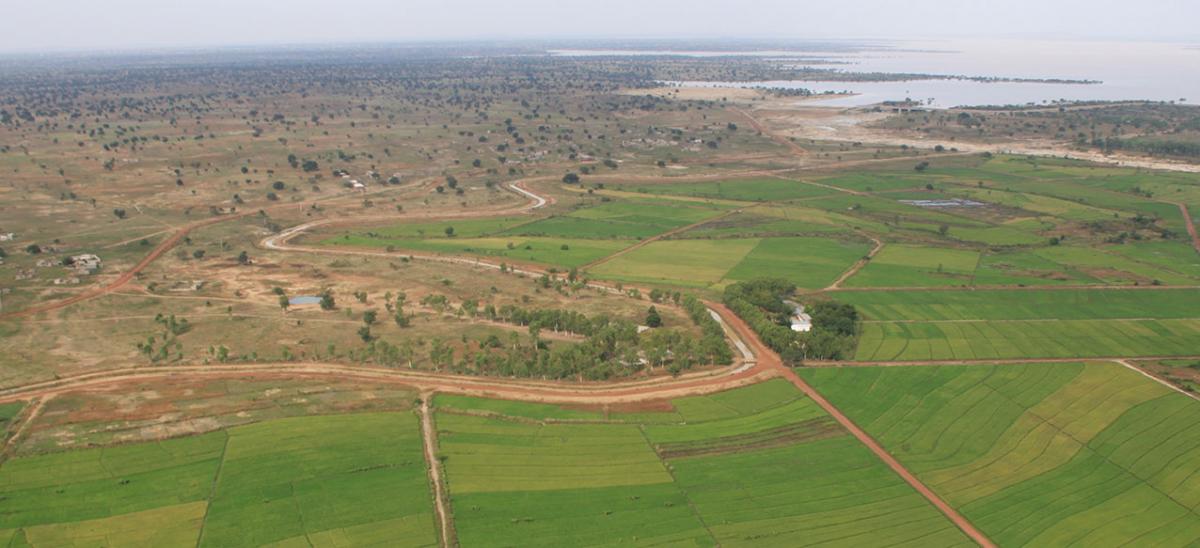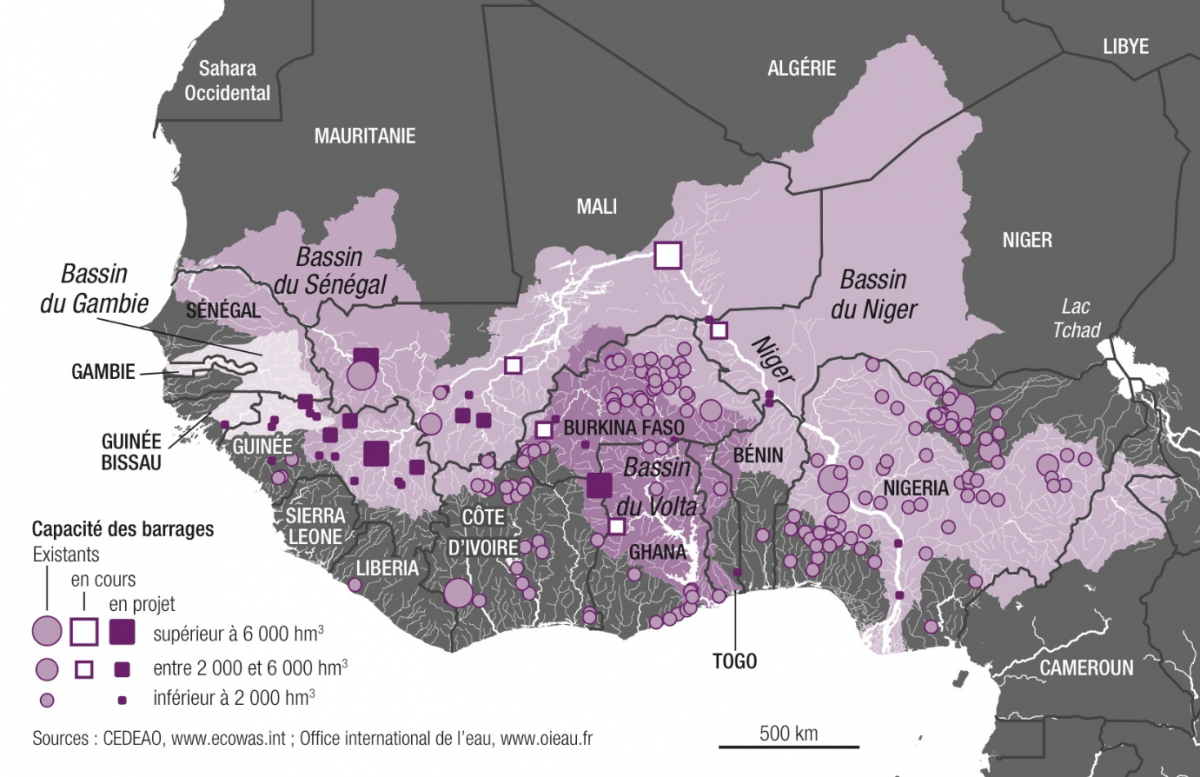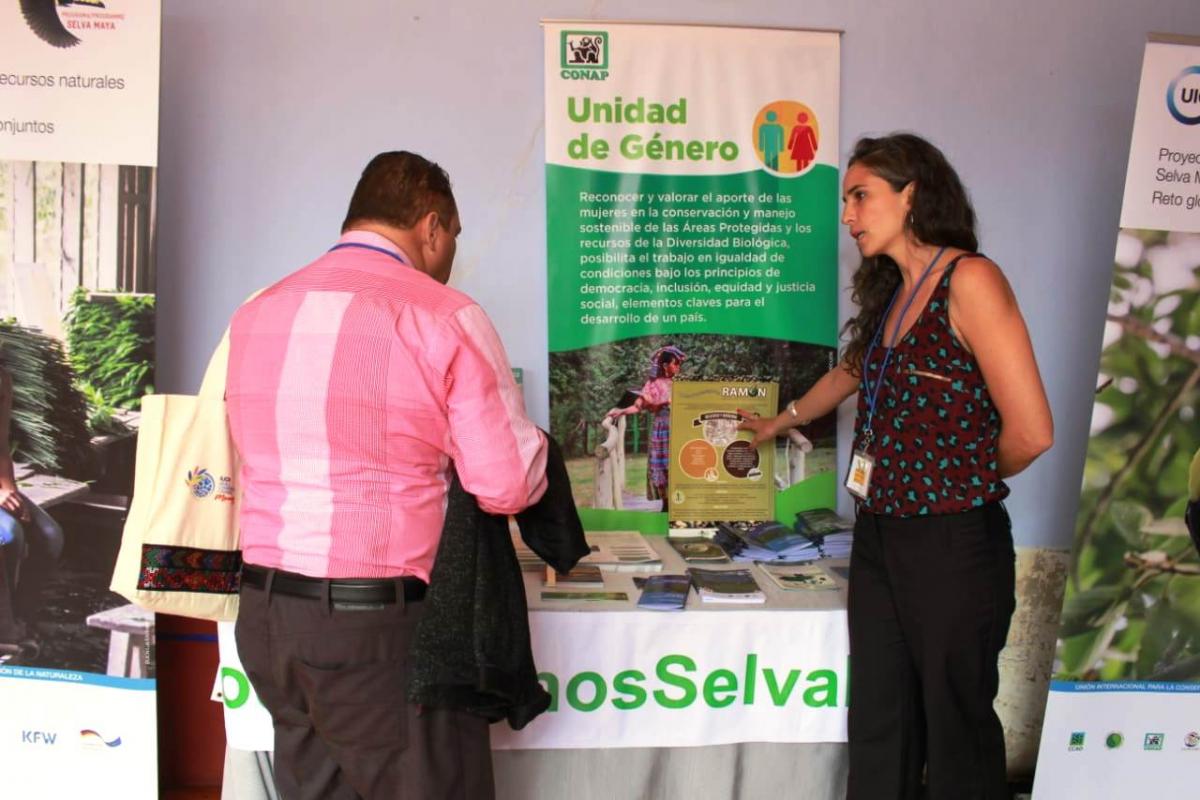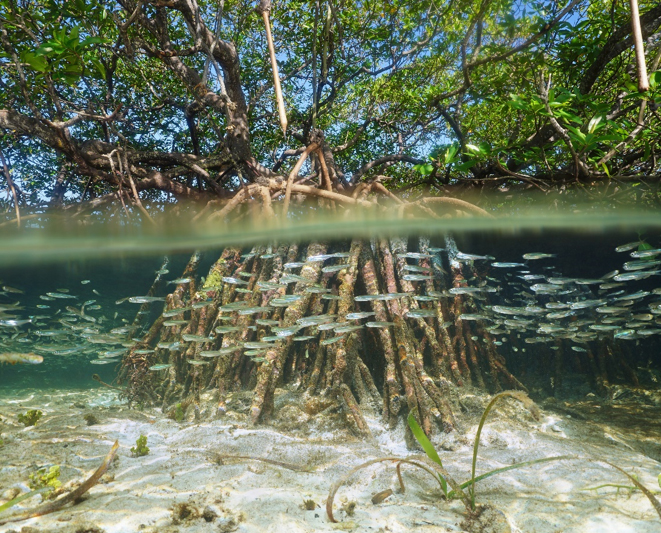New Directive announced on the construction of large dams in West Africa
The 78th ordinary session of the ECOWAS Council of Ministers, held in Monrovia, Liberia, on 1 and 2 June 2017, adopted the Directive on the development of hydraulic infrastructures in West Africa. This new Directive therefore enters into force immediately throughout the territory of the ECOWAS countries.
The adoption of the directive by ECOWAS is an important step for the construction of better dams. States will have to transpose it into their legislation, in principle within three years. This adoption is the result of a regional dialogue on major water infrastructures initiated by ECOWAS in 2009, which saw a strong mobilization of civil society.
”The regional directive for the design and construction of dams aims to ensure that ecological, economic and social considerations are taken more into account in the implementation of cross-border water infrastructure projects in West Africa to guarantee their sustainability and ensure the sustainable development of our region.” Ibrahim B. Wilson, Director of the ECOWAS Water Resources Coordination Center.
The implementation of this ECOWAS Directive will have to achieve these changes through concrete measures, including seeking alternatives to projects that can achieve the same economic objectives while reducing social and environmental impacts. The Directive supports the implementation of regional (basin level) or sectoral (e.g. hydroelectricity, energy, irrigation) strategic environmental assessments. It calls for stronger legal and procedural frameworks to ensure the sharing of benefits (such as agricultural land, electricity, drinking water, pastures, fishing grounds) and the protection of rights for affected populations. Finally, it advocates greater transparency and information to strengthen consultation and collaboration among stakeholders, including the effective participation of affected populations in informed decision-making.
”For implementation of the Directive to be a success, monitoring and control must be ensured. To achieve this, cooperation between the various stakeholders is essential. The role of civil society will be decisive. The ECOWAS Water Resources Coordination Center should be the guarantor of the continuation of this dialogue process which will call for the establishment of sustainable multi-stakeholder partnerships.” Jamie Skinner, Director of the Global Water Initiative.
About 150 dams have been constructed to date in West Africa and an additional 40 dams are being planned or are in progress, mainly in the river basins of Niger, Senegal, the Volta and Gambia. Existing economic assessments show mixed results. Economic returns (where assessments exist) are generally good for energy but low for agriculture because of overly optimistic feasibility assumptions from the outset. The significant and long-term negative effects of these structures on the environment and local societies are of concern.
“The adoption of this directive is the result of a long and participatory process supported by IUCN. Although it is preferable to invest in natural infrastructure and the resulting ecosystem services from the beginning, at the same time it is absolutely necessary to improve the standards of existing major hydraulic infrastructures to limit their negative social and environmental impacts.” Pr Aimé J. Nianogo, Regional Director of the International Union for the Conservation of Nature.
The construction of three structures on the Niger River (Fomi in Guinea, Kandadji in Niger, Taoussa in Mali) will displace nearly 150,000 people. The resulting social disruption will have to be framed by strong legal tools and social support that ensure the rights of local communities on their land and the associated natural resources are fairly compensated. Governments, as well as private investors who do not respect these rights, run the risk of increasing poverty and causing conflicts related to the management of water and linked resources. And these risks are not limited to the local level. Most of these hydraulic structures have cross-border implications for the territories of all of the river basins and countries concerned.





